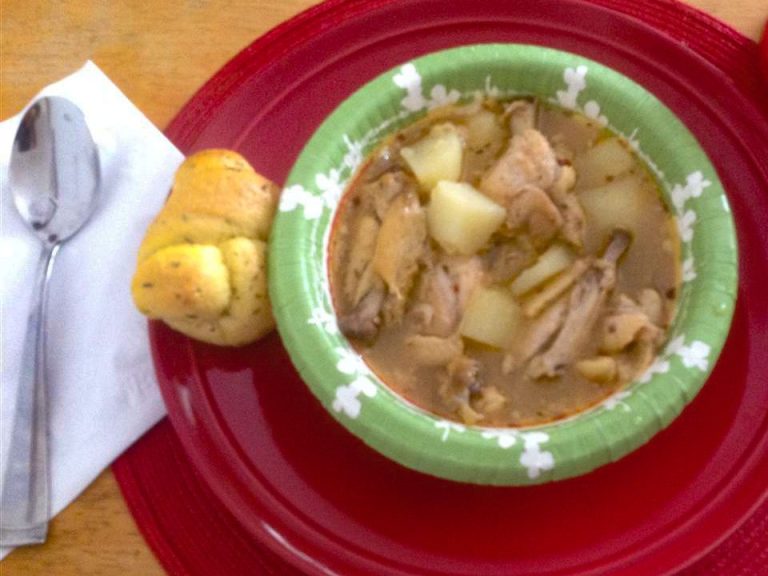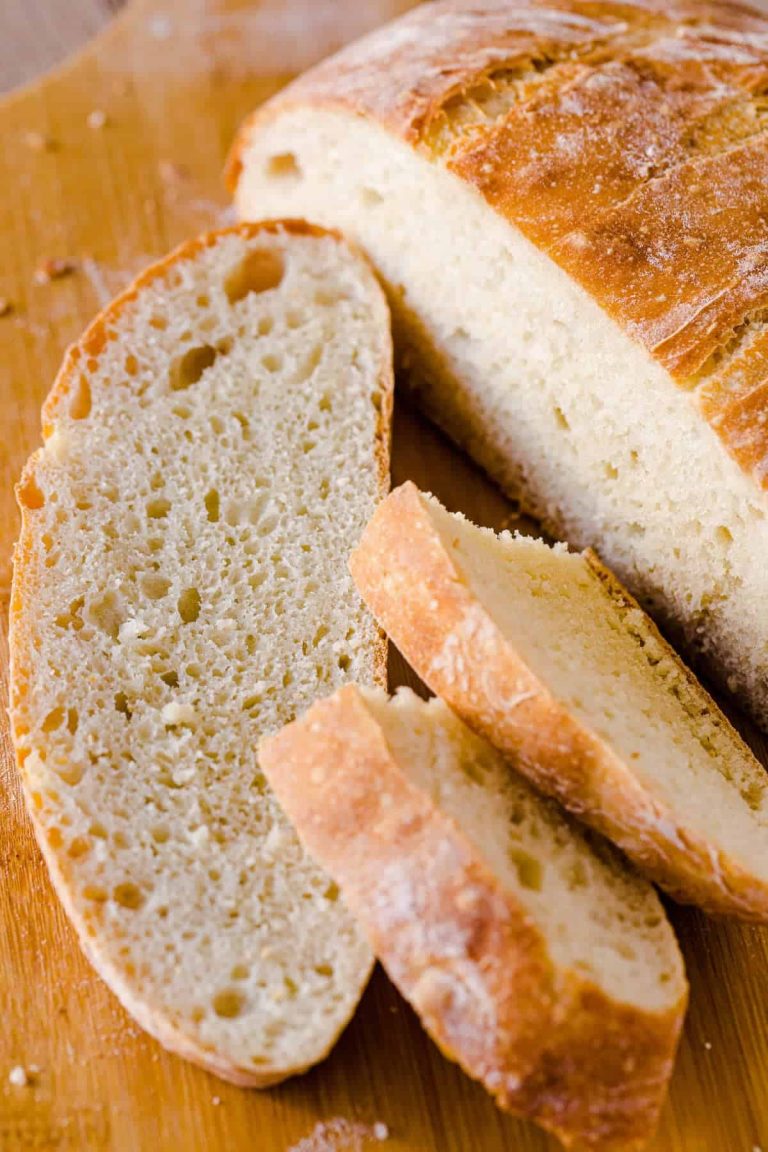Cream Scones: History, Recipe, and Serving Ideas
Cream scones originated in the United Kingdom, with their first mentions dating back to the early 16th century. They evolved from traditional Scottish bannocks, which were flat cakes made of oats or barley. Over time, the use of wheat flour increased, and baking methods improved, leading to the modern scone’s light, fluffy texture. Cream scones, distinguished by their rich, creamy taste, became prominent in the Devon and Cornwall regions, where clotted cream was abundant. The recipe variations grew, incorporating local ingredients like butter, sugar, and cream.
Cultural Significance
Cream scones play a significant role in British culture, particularly in afternoon tea traditions. Introduced by Anna, the Duchess of Bedford, in the early 19th century, afternoon tea included scones as a staple. This custom spread across the UK, becoming synonymous with social gatherings and elegant dining experiences. Today, you’ll find cream scones served not just in tearooms but also at family gatherings and community events, reflecting their enduring popularity and cultural importance. They also have a global presence, enjoyed in places influenced by British culinary traditions.
Ingredients and Variations
Classic Cream Scones Recipe
A standard cream scone recipe requires simple pantry staples. To make classic cream scones, gather these ingredients:
- 2 cups all-purpose flour
- 1/4 cup granulated sugar
- 1 tablespoon baking powder
- 1/4 teaspoon salt
- 1/2 cup unsalted butter (cold, cubed)
- 1/2 cup heavy cream
- 1 large egg
- 1 teaspoon vanilla extract
Start with preheating your oven to 400°F (200°C). In a large bowl, mix flour, sugar, baking powder, and salt. Cut in the cold butter until the mixture resembles coarse crumbs. In another bowl, whisk the cream, egg, and vanilla together. Gradually add this wet mixture to the dry ingredients, mixing until just combined. Roll the dough out on a floured surface and cut out scones. Place them on a baking sheet lined with parchment paper and bake for 15-18 minutes, or until golden brown.
Popular Variations and Add-Ins
Cream scones offer a versatile base for various flavor enhancements. Some popular variations include:
- Fruit Add-Ins: Mix in blueberries, cranberries, or diced apples for added texture and taste.
- Citrus Zest: Incorporate lemon, orange, or lime zest to add a fresh, zesty flavor.
- Herbs and Spices: Add rosemary, lavender, or cinnamon for an aromatic twist.
- Chocolate Chips: Introduce mini chocolate chips for a sweet, indulgent variation.
- Savory Options: Blend in cheddar cheese and chives for a savory scone option.
These variations allow you to customize your cream scones to suit different preferences and occasions, making them a versatile and beloved baked good.
Baking Techniques for Perfect Cream Scones
Essential Tips for Beginners
Use Cold Ingredients: Ensure that your butter and cream are cold before starting. Cold ingredients produce flakier scones by creating steam pockets during baking.
Avoid Overmixing: Mix the dough until just combined. Overmixing can result in dense scones, not the desired light and airy texture.
Measure Accurately: Use a kitchen scale for accuracy. Precise measurements ensure the right balance of ingredients, crucial for consistent results.
Chill the Dough: Refrigerate the dough for at least 15 minutes before baking. This step helps the scones retain their shape and enhances their texture.
How to Avoid Common Mistakes
Prevent Tough Scones: Handle the dough minimally to prevent the formation of gluten. Excessive handling leads to toughness.
Ensure Proper Leavening: Use fresh baking powder. Expired baking powder can result in flat scones.
Control Oven Temperature: Preheat your oven to the specified temperature. An inaccurate temperature can cause uneven baking and affect the scones’ rise.
Serving and Pairing Ideas
Best Accompaniments for Cream Scones
Cream scones, with their rich, tender texture, complement a wide range of accompaniments. Clotted cream tops the list, offering an indulgent, creamy experience. Strawberry jam, often paired with clotted cream, adds a sweet and tangy contrast. Butter serves as a simple but classic choice, enhancing the scone’s buttery flavor. For those seeking a savory option, cream scones pair well with herb butter or creamy cheese spreads.
Certain teas also pair perfectly with cream scones. Earl Grey, with its citrusy notes, balances the scone’s richness. English Breakfast Tea, a robust, full-bodied option, complements the buttery texture. Green tea, a lighter option, offers a refreshing taste that cuts through the creaminess.
Creative Serving Suggestions
Presenting cream scones creatively can elevate any gathering. For an elegant afternoon tea spread, serve scones on a tiered cake stand, accompanied by small dishes of clotted cream and jam. To add a seasonal touch, incorporate fresh fruit like raspberries or blueberries, enhancing both flavor and presentation.
For brunch, consider making cream scone sliders. Fill the scones with a mix of sweet and savory ingredients, such as smoked salmon and cream cheese or honey and whipped ricotta. Dessert options include serving warm cream scones with a drizzle of caramel sauce and topped with fresh whipped cream.
Incorporate cream scones into a themed event. For example, at a garden party, serve them with floral-infused jams. During the holidays, offer spiced or pumpkin-flavored scones with cinnamon butter. Each occasion can have its unique twist, ensuring that cream scones remain a versatile and delightful treat.
Conclusion
Cream scones aren’t just a nod to British tradition; they’re a versatile treat that can elevate any occasion. Whether you’re hosting an elegant afternoon tea or a casual brunch, these scones offer a rich, creamy flavor that’s hard to resist. Pair them with your favorite tea and accompaniments like clotted cream or herb butter to create unforgettable experiences. So next time you’re planning a gathering or simply craving a delightful treat, remember that cream scones are a perfect choice to impress and satisfy.





